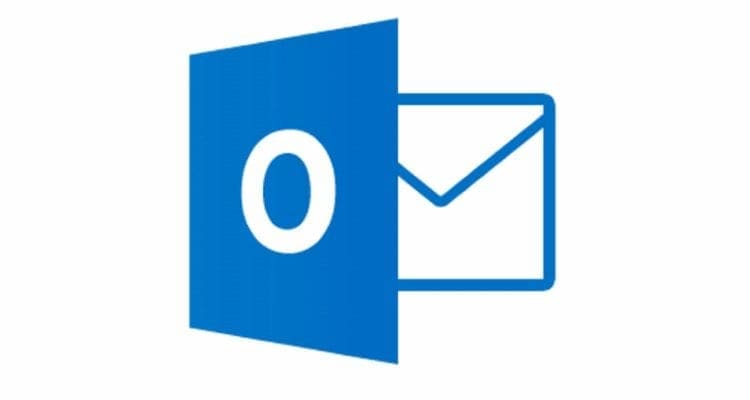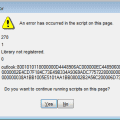If you’re having trouble adding custom works to the Microsoft Outlook dictionary, give this solution a try.
- In Outlook, select “File“, then choose “Options“.
- Select “Mail” in the left pane.
- Select “Spelling and Autocorrect…” button.
- Select “Proofing“.
- Select the “Custom Dictionaries…” button.
- Set “CUSTOM.DIC” as the default.
- Ensure the “Dictionary Language” is set to the language you wish to use. Also make sure it is the same as the “System Default Language“.
Apply these changes and adding words to the dictionary should now work fine.





Edward’s suggestion to _set it to your language even if it says “all languages”_ worked for me.
I am trying not to wonder why it broke, why this works, or if fixing it will break something else. I’m just happy to be able to add words again. Thank you.
Thank you so much! You have no idea how much this helped, worked perfectly!
it worked as described, many thanks, Paul
Absolutely perfect. The man is a genius. So much easier than trying to get Outlook support to help.
I would just add to set it to your language even if it says “all languages” Thank you for the succinct bullet points it worked perfectly.
Worked great, follow each step –
Mike, the function you refer to is ‘AutoCorrect’ and that is not the same as Custom.dic, Look up ‘Back up Autocorrect’ and you’ll find an ancient template by one of the MS MVPs that has a macro to save and then import your customizations.
Yep, that’s the ticket!! Thank you.
I never would have figured this out on my own. Thank you!
That was not intuitive … but it definitely solved the problem. Thank you so much!
Worked perfectly thank you.
Very Helpful Thank you
this worked for me!
This correction fix worked for my issue as well.
Thank you.
I have in the past used the Custom.dic and Default.dic files to copy my autocorrect settings for misspelled words from one computer to another. But I noticed that if the new system did not have the same email address as the old one it doesn’t seem to work.
An example would be making a shortcut where typing “MS’ is automatically corrected to the word ‘Microsoft’. This works perfectly on the system where I set it up. I can also see the ‘ MS = Microsoft ‘ in the list of Autocorrect options on that system. But I cannot find where it stores the information to make that change when typing emails.
This ‘macro’ does not work in WORD it must be stored either in the OST file or another Outlook file.
I would greatly appreciate knowing where that information is stored as well as how to extract it. I had always assumed it to be either Default.dic or Custom.dic until I found that moving them did not also move all the “shortcuts’ I had created.
Your fix worked for me. Before I tried yours, I tried fixes from several other sites and none of them worked. Thanks. Much appreciated.
Helpful! thank you!
yes it did
I had this very problem.
Carrying out the above did not fix it. I already had CUSTOM.DIC selected.
The word I was trying to add was a place name – Mappowder – which starts with a Capital letter, but because I also had “Ignore words in UPPERCASE” checked I was not able to add it to the custom.dic.
It was driving me crazy because I use that word a LOT!
The answer was to write the name in all lower-case – mappowder – then I was able to add it to to my custom dic.
All I had to do then was recapitalize it – Mappowder – and I was good to go.
Yes! Thank you so much for the direction. That was driving me mental….